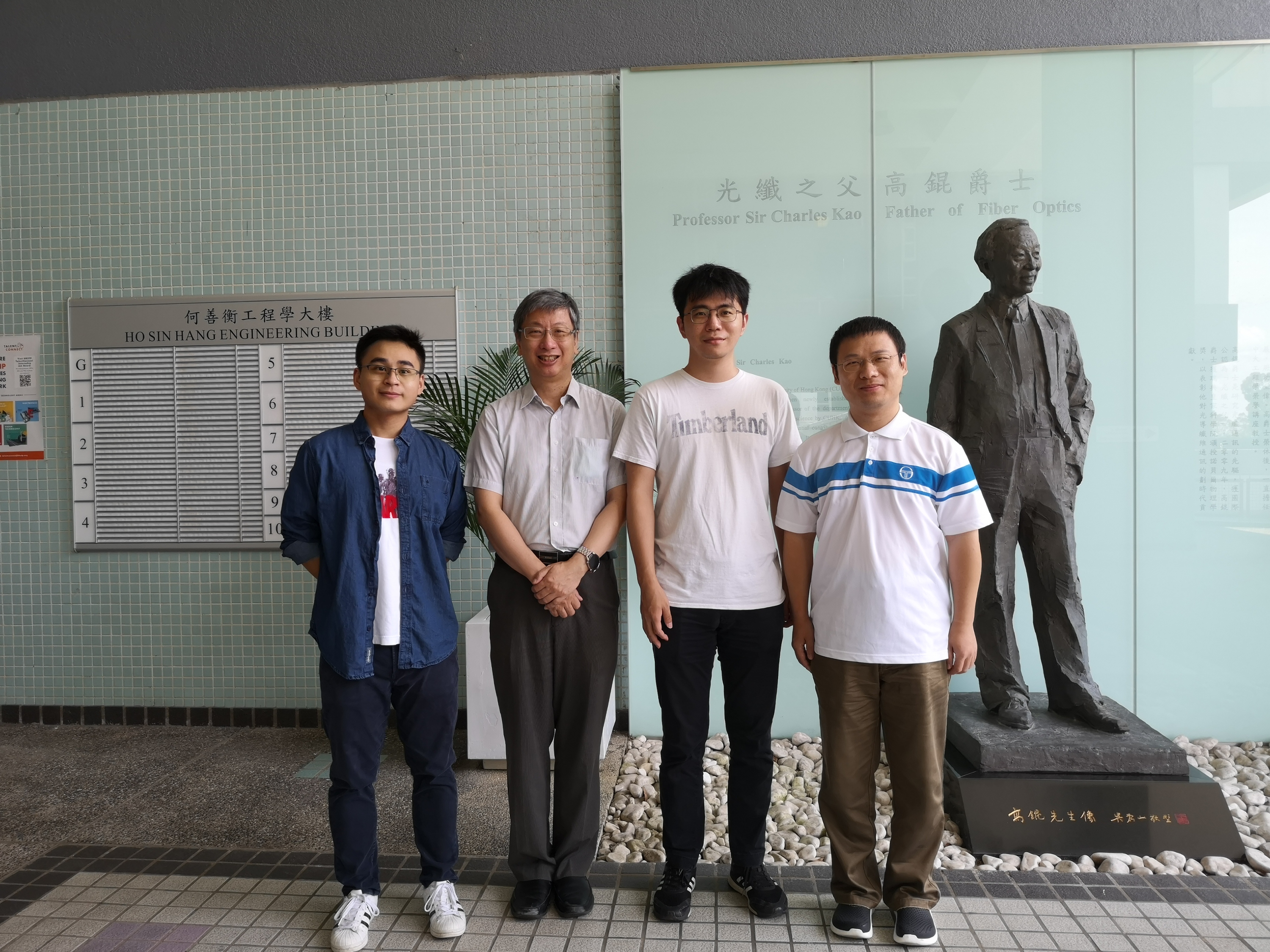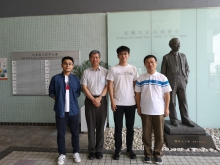CUHK
News Centre
A Breakthrough in Photonic Integration by CUHK Engineering TeamFacilitating High-speed Optical Communication to Meet the Increasing Demand
The ever-increasing growth in data traffic requires more powerful transmission networks. To respond to such demand, a group of researchers led by Prof. Xiankai Sun and Prof. Hon Ki Tsang in the Department of Electronic Engineering, The Chinese University of Hong Kong (CUHK) has recently revealed a way to use light to convey large rates of data in advanced optical chips. Their findings and demonstrations shed new light on increasing the data capacity with low insertion loss and crosstalk. These research results have been recently published in the prestigious scientific journal Nature Communications.
The conventional optical communication is based on total internal reflection, creating a high-refractive-index channel, for the light wave to propagate. Bound states in the continuum (BICs) refer to a type of wave that can coexist with continuous waves without any radiation loss. Applying BICs in photonic integrated circuits enables low-loss light guidance in low-refractive-index channels on high-refractive-index substrates, lowering the cost and the complexity of processing. The research team applied them on an etchless lithium niobate integrated photonic platform and has successfully confined light without adopting the high-refractive-index channel.
Prof. Xiankai Sun said, “The BIC concept makes it unnecessary to invent new high-refractive-index polymers to form waveguide channels on the high-refractive-index substrate or etch the substrate in order to guide light in channels in the substrate.”
Optical interconnections with ultrahigh data capacity are needed in high-performance computers and data centres. To further increase the data transmission capacity, optical multiplexing technologies are used to transmit multiple channels of data in parallel. By making use of carefully engineered high-order BICs on a planar lithium niobate substrate, the team demonstrated the viability of the BIC concept for use in high-capacity optical communication links by using different spatial modes for mode-division multiplexing.
Prof. Sun added, “With this new technology, we can obtain an aggregate data rate of 160 Gb/s per wavelength light carrier on the lithium niobate platform which, with the additional advantages of high thermal stability and high linearity, will bring optical communication to a new level.”
Department of Electronic Engineering, CUHK
The Department of Electronic Engineering was established in 1970 by the 2009 Nobel Laureate in Physics, Prof. Charles Kao. The department aims at educating students to enhance their potential to become leaders in electronic engineering and instill in them the desire to pursue knowledge and advance the state of the art in electronic engineering, which includes hardware, software, and design aspects of electronics as the core, ranging from materials, devices, circuits to systems and their applications. The department has 21 professors and teaching staff complemented by 56 research and technical support staff members, serving 227 undergraduate students, 128 research postgraduate students pursuing PhD and MPhil degrees, and 39 postgraduate students pursuing MSc degrees.



